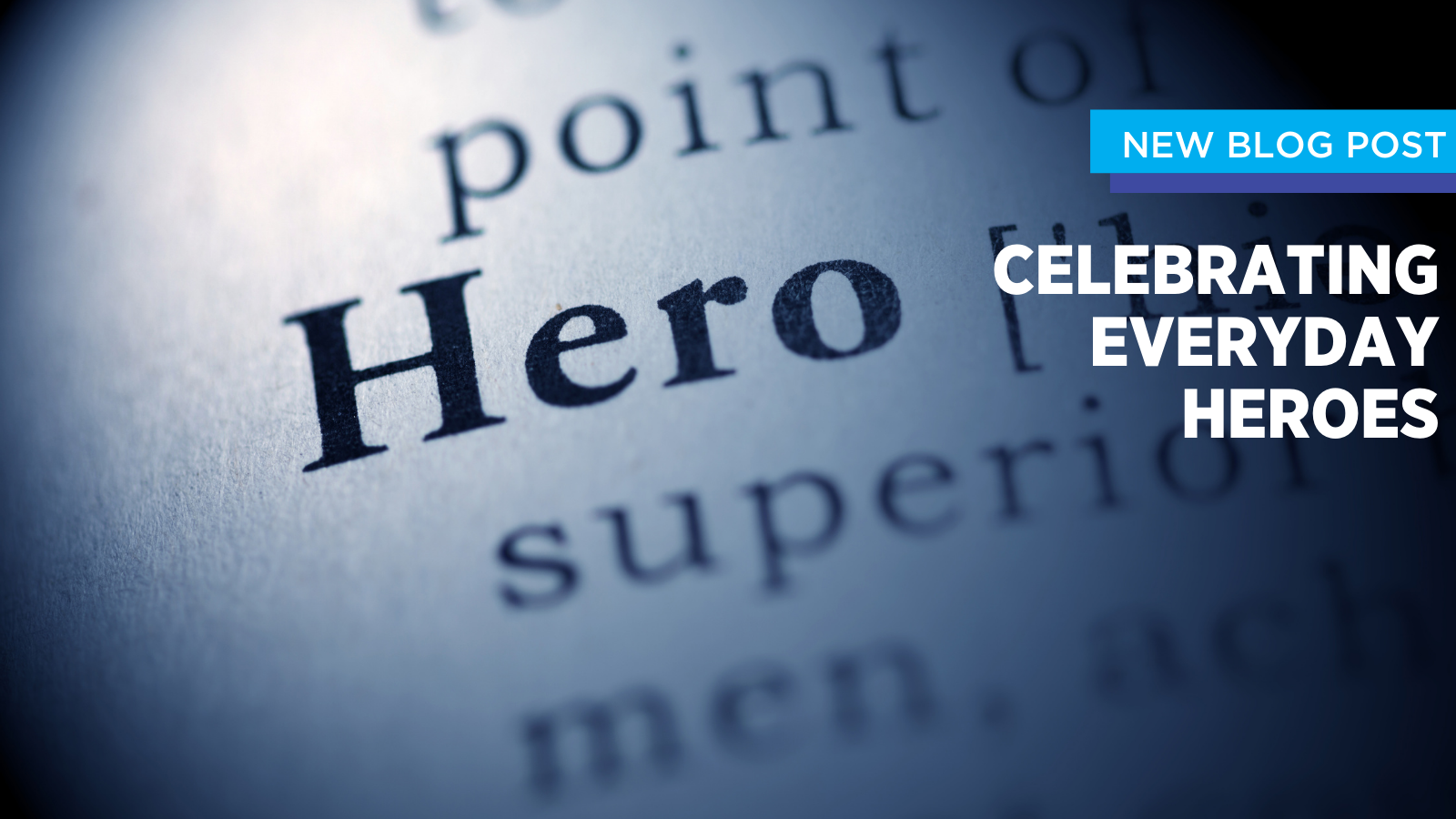Celebrating Everyday Heroes and Heroines
Since its inception on October 20, 1969, Jamaica has remembered and celebrated the seven persons whose individual contributions have collectively shaped modern day Jamaica and the freedom we have all come to enjoy. These national heroes emerged at a time when the Jamaican people were under the colonial power of the British Crown and their actions changed the course of Jamaica’s history by giving social and political freedom to its people. They dared to challenge the institution of colonialism by standing up for the citizens of the country and charting a course over several centuries that resulted in the eventual independence of Jamaica as a British Colony, while ultimately serving as inspirations for national pride and enduring strength.
National Heroes Day occurs on the third Monday in October annually and while its roots are still firmly grounded in its acknowledgement of the first seven heroes, it is also the date that awards from within the Jamaican honours system are bestowed upon outstanding Jamaicans, by way of the National Honours and Awards Ceremony. This event highlights outstanding Jamaicans whose exemplary performance in various fields of endeavour, ranging from public service to sports to entertainment, highlight them as modern day heroes who inspire national pride.
These everyday heroes are conferred with awards, by His Excellency the Governor General, that are usually given from amongst the following four categories: the Order of Merit or OM is the 4th highest honour and is meant for any citizen of Jamaica who has achieved eminent international distinction in the fields of science, the arts, literature or any other endeavour. Past recipients of this award include the Hon. Robert (Bob) Marley, OM; the Hon. Louise Bennett-Coverley, OM and Professor the Hon. Ralston (Rex) Nettleford, OM.
The Order of Jamaica or OJ, 5th in the order of precedence, is awarded to any Jamaican citizen of outstanding distinction with past recipients such as the Hon. Hugh (Beres) Hammond, the Hon. Zaila McCalla, OJ; and the Hon Courtney Walsh, OJ. The Order of Distinction, comprising two ranks, Commander Rank or CD and
Officer Rank or OD, is the 6th highest honour and is conferred upon citizens of Jamaica who have rendered outstanding and important services to Jamaica, or to distinguished citizens of a country other than Jamaica. Members of this order include: Ms. Fae Ellington, CD;Mr. Rexton (Shabba Ranks) Gordon, OD;
Dr. Guyan Arscott, CD and Mrs. Novia McDonald-Whyte, OD.
As we get ready to commemorate the modern day heroes among us, let us remember briefly those who paved the way and how their place has been maintained throughout Jamaica’s history. These six heroes and singular heroine have all been conferred with the highest honour of our nation’s honour system: the Order of National Hero, designated by the letters ONH after their names or the post nominals National Hero of Jamaica. This honour is awarded for “services of the most distinguished nature”, and is applicable posthumously or on occasion that the recipient has retired from active public life.
Honorees are immortalised, traditionally, with a plaque or shield in a prominent national place as well as a tomb at the National Heroes’ Park, with the exception of our heroine Nanny of the Maroons whose remains are said to be interred at the Moore Town maroon settlement located in the Blue and John Crow Mountains of Portland, Jamaica. Their images also grace the nation’s currency and they are entitled to the honorific prefix, “The Right Excellent'', as a form of address.
These outstanding, heroic national icons are:
The Right Excellent Nanny of the Maroons, ONH, is the lone heroine amongst the group who was leader of the Windward Maroons at the beginning of the 18th century and is credited with being a freedom fighter who led her cadre of fighters in constant battles against the British colonisers of Jamaica. She was declared a national hero in 1975 and her image graces the $500 Jamaican bank note, colloquially referred to as the “Nanny”.
The Right Excellent Samuel ‘Sam’ Sharpe, ONH was a baptist church leader from Montego Bay who is credited with leading a widespread, 8 day, slave rebellion in 1831-1832 that was known as the Christmas Rebellion. He was declared a national hero in 1975 and his image appears on the $50 Jamaican bank note.
The Right Excellent George William Gordon, ONH seen as a precursor of Jamaican nationalism, was a popular politician and member of the house of assembly who was also a strident critic of the colonial governor and his policies. The Jamaican parliamentary building named in his honour, Gordon House, came into use in 1960 and he was declared a national hero in 1969. His portrait appeared on the $10 Jamaican bank note which was subsequently phased out and replaced with a coin.
The Right Excellent Paul Bogle, ONH was a baptist deacon and social activist, credited with being leader of the Morant Bay rebellion. He was also a friend and colleague in the Jamaican assembly of George William Gordon, both representing the St. Thomas parish. In 1969 Bogle was named a national hero and is depicted on the heads side of the Jamaican 10 cent coin. His face was also depicted on the Jamaican two-dollar bill, from 1969 until 1989, when the two-dollar bill was phased out and the Paul Bogle High School in St. Thomas is named after him.
The Right Excellent Marcus Mosiah Garvey, ONH was a political activitist, orator and founder of the Universal Negro Improvement Association and African Communities League (UNIA-ACL) more commonly known by the acronym UNIA. He was a black nationalist whose ideas later came to be known as ‘Garveyism’ which influenced global thought leaders for many generations. He was declared a national here in 1969 and his image appears on the $20.00 coin and $0.25c coin in Jamaican currency. In 2012, the Government of Jamaica formally proclaimed August 17, his date of birth, as Marcus Garvey Day.
The Right Excellent Sir Alexander Bustamante, ONH was Jamaica’s first Prime MInister upon its independence in 1962, having previously served as Chief Minister from 1953 to 1955. He was also founder of the Jamaica Labour Party (JLP), established in 1943, which in the following year's election won 22 of the 32 seats in the first House of Representatives elected by universal suffrage. He was an extraordinary trade union leader who was declared a national hero in 1969 and his image appears on the $1.00 coin in Jamaican currency.
The Right Excellent Norman Washington Manley, ONH was a leading Jamaican attorney and Rhodes scholar who founded the People’s National Party in 1938 and served as Chief Minister from 1955 - 1959 when the post was abolished becoming Jamaica’s first Premier from 1959 - 1962. He chaired the committee and led the team that negotiated Jamaica’s independence later being declared a national hero in 1969. He was cousin to Bustamante, father to Jamaica's 4th Prime Minister, The Most Honourable Michael Norman Manley and his portrait is on the $5.00 coin in Jamaican currency.
As we reflect on the spirit of resistance against colonialism that our heroes and heroine represent, let us also spare a thought for the many men and women that have been in the throes of managing the covid-19 pandemic that continues to ravage the world. These include the many medical personnel in our nation’s hospitals and health centres, our law enforcement officers tasked with ensuring disaster management orders are adhered to, our governing administration whose job it is to mount, maintain and communicate their strategic policy efforts aimed at simultaneously managing the reduction of viral infections whilst pursuing phased restoration of normalcy and the many teachers and parents who are doing their best to facilitate the education of our nation’s children. We must use this opportunity to remember every single Jamaican who, in his or her own way, is a hero or heroine.


